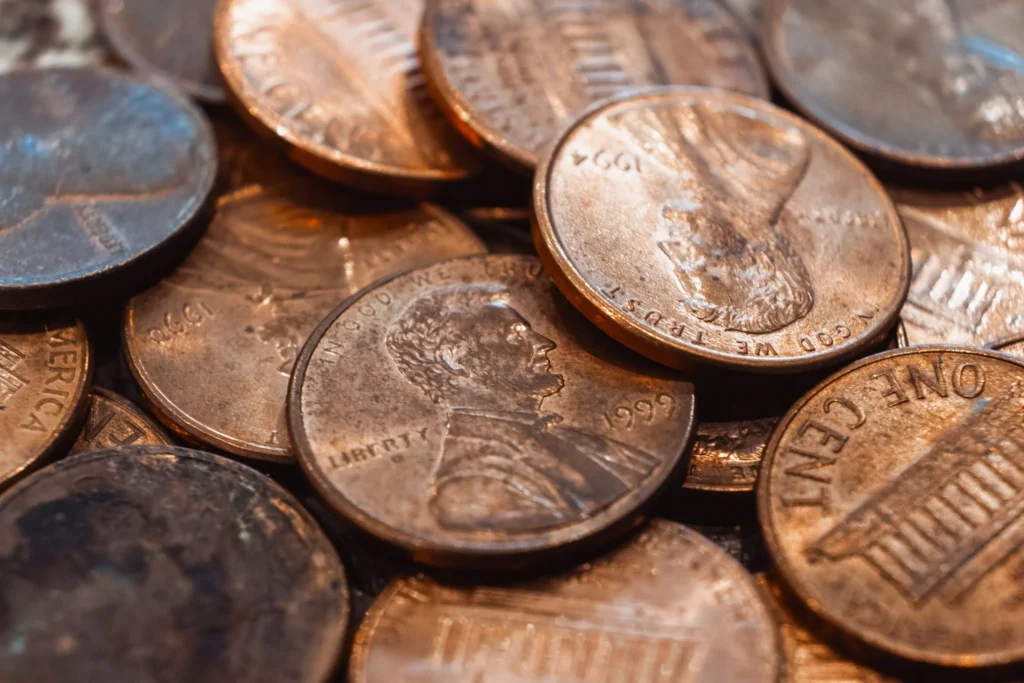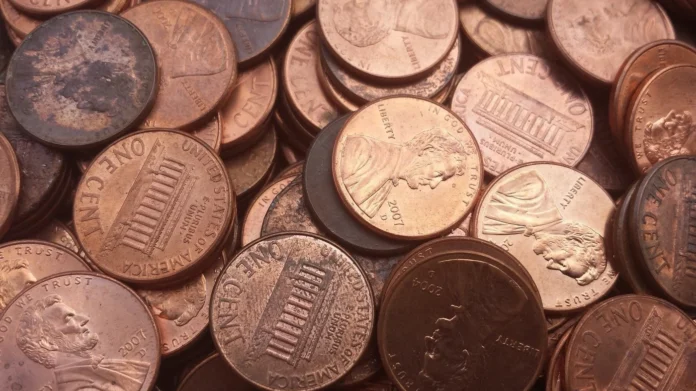Introduction
Penny Debate: The debate surrounding the elimination of the penny has persisted for years due to increasing production costs. Each penny costs significantly more to produce than its face value, making it an inefficient form of currency. However, the issue is more complicated than simply discontinuing the penny. Eliminating it introduces new logistical and economic challenges, particularly regarding the nickel, which is also costly to produce.
Decisions surrounding small-denomination coins impact everything from government spending to consumer transactions. Before implementing major changes, policymakers must evaluate the potential ripple effects on businesses, consumers, and the economy. In this analysis, we explore four potential options for addressing the issue, weighing the financial, practical, and societal implications of each.
Option 1: Maintain the Status Quo
Despite the losses incurred on penny and nickel production, the U.S. Mint remains profitable due to its sales of dimes and quarters. The Federal Reserve purchases coins at face value, and while material costs have fluctuated, the Mint has generated an average of over $300 million in annual revenue from coin production in recent years.
Key Considerations:
- The Mint does not receive Congressional appropriations, meaning it operates as a self-sustaining entity.
- Though the penny and nickel result in financial losses, the overall coin program remains profitable.
- Coins still play a crucial role in commerce, particularly for cash transactions and businesses that rely on physical currency.
Pros:
- Stability: Retaining the current system prevents unnecessary disruptions.
- No Policy Changes Required: Avoids the need for legislative intervention and adjustment periods for businesses and consumers.
Cons:
- Financial Inefficiency: The government continues to lose money on penny and nickel production.
- Material Cost Dependence: Rising metal prices may further impact profitability.
Option 2: Stop Minting the Penny
One proposed solution is to eliminate the penny entirely, a move that could save the U.S. Mint around $85 million annually. However, doing so would likely increase reliance on the nickel, which is even more expensive to produce, potentially offsetting any savings.
Key Considerations:
- Many countries, including Canada, have successfully phased out pennies without major economic disruptions.
- Retailers and businesses may need to adjust pricing and rounding policies to accommodate the absence of one-cent increments.
- The increased demand for nickels may lead to greater production losses in the long run.
Pros:
- Cost Savings: Eliminating pennies reduces direct losses in production costs.
- International Precedent: Countries that have removed pennies have adapted well.
Cons:
- Nickel Dependence: Increased nickel usage could negate savings.
- Pricing Adjustments: Cash transactions would require rounding mechanisms, potentially frustrating consumers.
- Legal and Administrative Changes: Some states may need to update tax codes to accommodate a penny-free pricing system.

Option 3: Put an end to your penny and nickel mining.
Taking the previous option a step further, discontinuing both pennies and nickels would remove the need to produce the two most costly coins. However, this would require fundamental shifts in how transactions are handled, potentially leading to inconvenience in making exact change.
Key Considerations:
- Eliminating two denominations at once could lead to rounding all cash transactions to the nearest ten cents, potentially making smaller purchases more cumbersome.
- The U.S. would have fewer coins in circulation compared to other nations, which typically maintain at least five common denominations.
- Some consumers may feel disadvantaged by the shift, particularly those who frequently use cash.
Pros:
- Greater Long-Term Savings: Removes the ongoing cost burden of producing two loss-making coins.
- Encourages Cash Efficiency: Forces a shift toward streamlined physical transactions and greater digital payment adoption.
Cons:
- Exact Change Issues: Consumers may struggle with receiving and making change.
- Impact on Small Businesses: Those that rely on small cash transactions may need to adjust pricing models.
- Further Nickel Dependence in Short Term: If the nickel is phased out gradually, the transition could temporarily increase costs.
Option 4: Eliminate All Coins
With digital payments becoming increasingly dominant, some argue that eliminating coins altogether is a logical next step. In 2016, the Federal Reserve reported that cash was used for 31% of all payments. By 2023, this number had dropped to just 16%, suggesting that the role of physical currency is diminishing.
Key Considerations:
- Most monetary transactions today are electronic, reducing the overall need for coins.
- However, certain demographics, such as older individuals and those without access to banking services, still rely on cash.
- The U.S. Mint would still be able to generate revenue through collectible and investment-grade coins.
Pros:
- Eliminates Coin Production Costs Entirely: The U.S. government would no longer need to subsidize coin minting.
- Modernizes Monetary Transactions: Encourages further transition toward a fully digital economy.
- Streamlines Commerce: Businesses would no longer need to handle and process coins, reducing transaction times.
Cons:
- Accessibility Concerns: Many low-income and unbanked individuals still depend on cash for daily purchases.
- Business Adaptation Costs: Businesses relying on cash transactions may need to implement new payment methods.
- Cultural and Psychological Shifts: Coins have been a longstanding part of the monetary system, and eliminating them may face resistance.
Conclusion
While pennies have long been viewed as a symbol of government inefficiencies, the question of eliminating them extends far beyond mere cost savings. The implications of eliminating the penny—and potentially the nickel—reach into every aspect of economic transactions. Whether the U.S. decides to retain, modify, or eliminate its smallest denominations, each decision will bring trade-offs that impact consumers, businesses, and the broader economy. As cash usage declines, the future of physical currency remains an evolving discussion.
What’s your perspective? Should the penny and nickel be eliminated, or should the status quo remain? Join the conversation below!


